Table of content
Eggplant, a versatile and beloved vegetable in global cuisines, often poses a culinary challenge: achieving that elusive balance between a crispy exterior and a tender, fully cooked interior. Among the most common questions home cooks and aspiring chefs face is, “How long should I fry eggplant to ensure it’s cooked through without becoming soggy or burnt?” This article delves into the science, techniques, and practical tips to answer this question definitively, empowering you to fry eggplant with confidence every time.
Understanding Eggplant’s Unique Composition
Before diving into frying times, it’s crucial to grasp why eggplant behaves differently from other vegetables when cooked. Eggplant is composed of 92% water, enclosed in a spongy flesh surrounded by a relatively thick skin. This high moisture content makes it prone to absorbing oil like a sponge—a trait that can lead to greasy results if not managed properly. However, this same moisture, when released during cooking, can also create a tender, melt-in-the-mouth texture when fried correctly.
The key to success lies in balancing moisture retention and oil absorption. Overcooking risks drying out the eggplant, while undercooking leaves it fibrous and tough. The frying process must evaporate excess moisture while crisping the exterior, all without compromising the vegetable’s natural creaminess.
Preparation: The Foundation of Perfect Frying
Selecting the Right Eggplant
Not all eggplants are created equal. The variety you choose significantly impacts frying time and results:
- Globe Eggplant (American): Large, with thick skin and a mild flavor. Ideal for slicing and frying but requires longer cooking due to its size.
- Chinese/Japanese Eggplant: Long, slender, and thinner-skinned. Cooks faster and has a delicate sweetness.
- Italian Eggplant: Smaller than globe varieties, with a slightly sweeter taste. Perfect for quick frying.
For frying, opt for smaller to medium-sized eggplants, as they tend to have fewer seeds and more tender flesh.
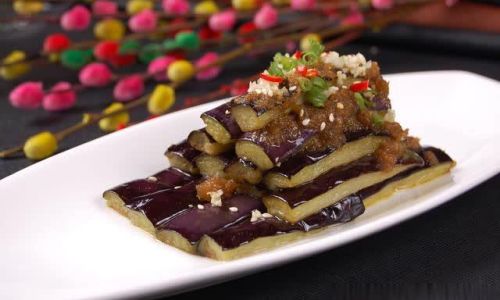
Salting: To Salt or Not to Salt?
A controversial step in eggplant preparation, salting serves two purposes:
- Removes Bitterness: Older or larger eggplants may develop bitter compounds. Salting draws these out.
- Reduces Oil Absorption: Salt breaks down the eggplant’s cell structure, causing it to release moisture before frying. This minimizes oil absorption, yielding a crispier result.
Method:
- Slice the eggplant into desired shapes (rounds, batons, or planks).
- Layer slices in a colander, sprinkling each layer with coarse salt.
- Let sit for 30–60 minutes. Rinse thoroughly and pat dry.
Note: Skip salting if using fresh, young eggplants or if time is limited. Modern hybrids are often bred to be less bitter.
Cutting Technique
The thickness of your slices directly affects frying time:
- Thin Slices (¼–½ inch): Crisp up quickly (3–5 minutes per side). Ideal for chips or garnishes.
- Thick Slices (¾–1 inch): Require longer cooking (6–8 minutes per side). Suitable for hearty dishes like eggplant Parmesan.
Uniformity is key—uneven slices lead to inconsistent cooking.
The Frying Process: Timing, Temperature, and Techniques
Oil Selection and Temperature
- Best Oils: Use neutral oils with high smoke points (e.g., peanut, canola, or sunflower oil). Avoid olive oil, which burns at high temperatures.
- Optimal Temperature: 350–375°F (175–190°C). Use a thermometer to maintain consistency.
Why Temperature Matters:
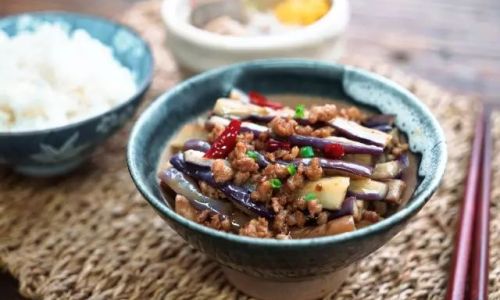
- Too Low: Eggplant absorbs oil, becoming greasy and soggy.
- Too High: Exterior burns before the interior cooks.
Frying Methods: Shallow vs. Deep Frying
- Shallow Frying: Cooks eggplant in a shallow layer of oil. Requires flipping but uses less oil.
- Deep Frying: Submerges eggplant in hot oil for even, rapid cooking. Ideal for large batches.
Timing Guidelines:
| Method | Slice Thickness | Cooking Time (per side) | Total Time |
|——————-|——————–|—————————-|—————-|
| Shallow Frying | ¼–½ inch | 3–4 minutes | 6–8 minutes |
| Shallow Frying | ¾–1 inch | 5–6 minutes | 10–12 minutes |
| Deep Frying | ¼–½ inch | 2–3 minutes | 4–6 minutes |
| Deep Frying | ¾–1 inch | 4–5 minutes | 8–10 minutes |
Adjust times based on stovetop variance and eggplant variety.
Signs of Doneness
- Visual Cues: Golden-brown color with slightly puffed edges.
- Texture Test: Gently press with tongs—the flesh should yield without resistance.
- Sound Test: Sizzling diminishes as moisture evaporates.
Avoid Overcooking: Eggplant turns mushy and collapses if fried too long.
Troubleshooting Common Issues
Soggy Eggplant
- Cause: Low oil temperature or overcrowding the pan.
- Fix: Fry in batches, ensuring oil returns to 350°F between batches.
Uneven Cooking
- Cause: Inconsistent slice thickness or uneven heating.
- Fix: Use a mandoline for uniform slices and preheat oil thoroughly.
Burnt Exterior, Raw Interior
- Cause: Oil too hot or slices too thick.
- Fix: Reduce heat slightly and increase cooking time for thicker slices.
Advanced Techniques for Flavor and Texture
Double-Frying Method
- First Fry: Cook at 325°F (163°C) until pale gold (3–4 minutes). Drain.
- Second Fry: Re-fry at 375°F (190°C) until crisp and deep brown (1–2 minutes).
This technique mimics restaurant-quality crunchiness by dehydrating the exterior in the first fry and caramelizing it in the second.
Breading and Batters
- Dry Coatings: Panko, cornmeal, or semolina add extra crunch.
- Wet Batters: Beer batter or tempura mix creates a light, airy shell.
Timing Adjustment: Breaded eggplant requires 1–2 extra minutes per side to cook the coating thoroughly.
Seasoning Strategies
- Pre-Fry: Toss slices in spices (smoked paprika, cumin) before frying.
- Post-Fry: Sprinkle with herbs (basil, parsley) or finishing salts.
Serving Suggestions and Pairings
Fried eggplant’s versatility shines in countless dishes:
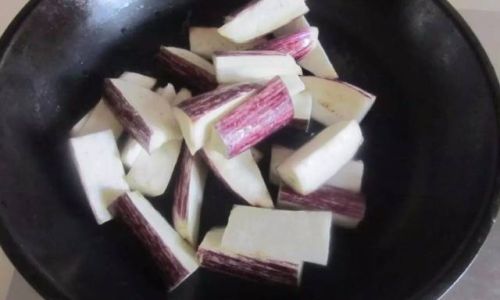
- Appetizers: Serve with tzatziki, tahini, or a spicy aioli.
- Mains: Layer into lasagnas, moussaka, or parmigiana.
- Sides: Pair with grilled meats, roasted vegetables, or fresh salads.
Global Inspiration:
- Italian: Melanzane alla Parmigiana (layered with tomato sauce and cheese).
- Middle Eastern: Baba Ganoush (smoky eggplant dip).
- Japanese: Nasu Dengaku (miso-glazed fried eggplant).
Healthier Alternatives Without Sacrificing Flavor
While deep-frying is indulgent, health-conscious cooks can opt for:
- Air Frying: Coat eggplant lightly with oil and air-fry at 375°F (190°C) for 12–15 minutes, flipping halfway.
- Baking: Roast at 425°F (218°C) for 20–25 minutes until golden.
These methods retain crispiness with significantly less oil.
Conclusion: The Path to Eggplant Perfection
Frying eggplant to crispy, tender perfection is an art rooted in understanding the vegetable’s unique properties. By selecting the right variety, mastering oil temperature, and adhering to precise timing—adjusted for slice thickness and frying method—you can consistently achieve restaurant-worthy results. Remember: patience is key. Rushing the process leads to disappointment, while meticulous attention to detail elevates this humble vegetable into a culinary masterpiece.
Whether you’re crafting a weeknight side dish or impressing dinner guests, the knowledge gained here ensures your fried eggplant will always hit the mark—crispy, golden, and irresistibly delicious.

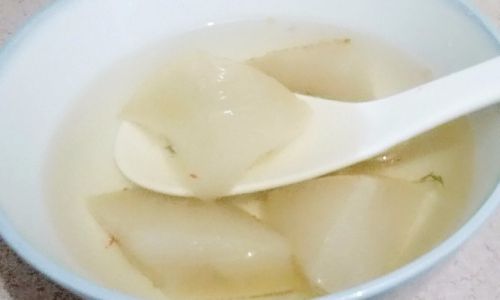
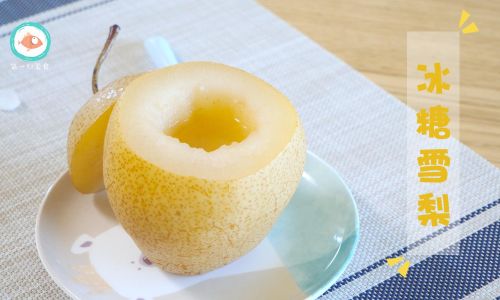


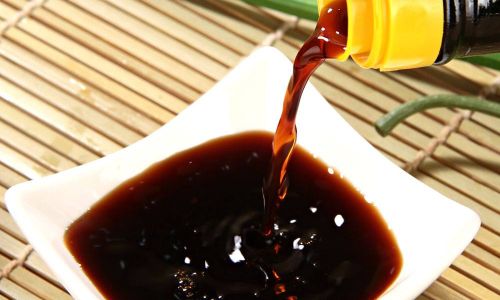
0 comments